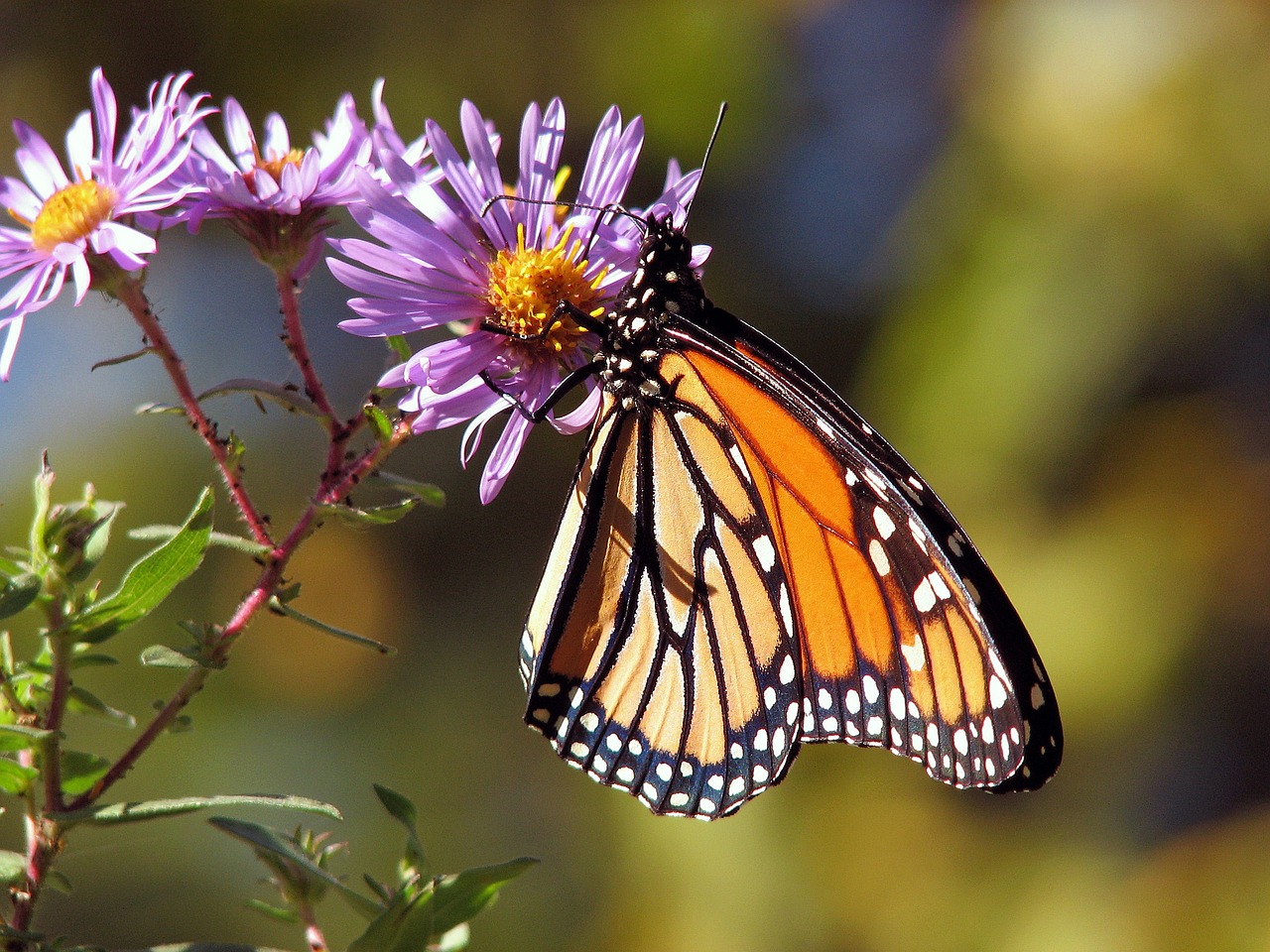“Because the milkweed looks just like a weed and it grows around here and then people cut it down. It’s the monarch’s only source of food and also they lay their eggs on it. So when people cut it down it’s not enough for them and they’re kind of endangered now.”
Fourth Grade Scientists built both knowledge and habitat this week! Their current unit combines scientific observation, new knowledge about lifecycles of seeds and of monarch caterpillars, design and making in the Hub, planting, and thinking about how small, individual actions can make a difference for the planet. This Thursday, students took their final wooden box pieces off the laser cutter and used glue, tape, and a lot of teamwork to build their individual planter boxes, each laser-etched with their own designs that remind them of gardens. As the boxes dried, we went out to the garden to observe their seed cups, several of which now have observable sprouts!
“When people cut it down it’s not enough for them and they’re kind of endangered now.”
Students discussed the range of expected sprouting that they’d read on the seed packets and noted how their class planting of over 40 seeds has so far sprouted six at the early end of the range. Students described how the stem looked as it emerged, generated wonderings about what might be going on with the seeds where we couldn’t see sprouts, and checked the moisture level of their soil. Back in the classroom, students were supported to capture a scientific observation of their plant’s progress, noting features of the soil, and any stem and leaf parts visible using both labeled drawings and words. They continued a discussion about how the seed parts grow and where the seed capsule itself ends up as the shoot emerges.
We’re eager to see all our seedlings blossom into milkweed and to be able to send students off with a plant of their own to support coastal monarchs.

